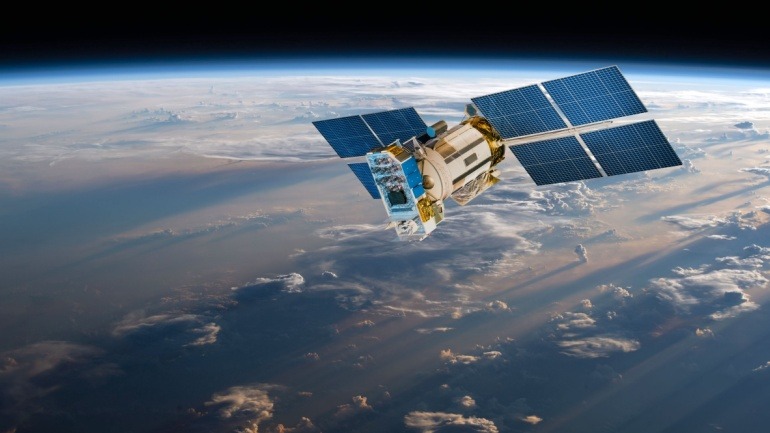KDDI and Okinawa Cellular, in partnership with Starlink, have launched au Starlink Direct — Japan’s first direct-to-device satellite service. Starting April 10, 2025, au users can enjoy seamless connectivity even beyond network zones, enabling emergency alerts, location sharing, and AI-powered assistance, all at no extra cost.
Amazon’s Project Kuiper is on the cusp of launching its first major batch of satellites, marking a significant step toward global satellite broadband. Scheduled for April 9th, the KA-01 mission will deploy 27 satellites, advancing Amazon’s venture into offering low-latency internet worldwide.
Ofcom’s bold proposal positions the UK as Europe’s pioneer in direct-to-device (D2D) satellite services, enhancing mobile connectivity by bypassing traditional equipment. Utilizing existing 4G and 5G spectrum, this approach promises to boost rural coverage and drive innovation.
Spain has invested €13.8M in Sateliot to enhance its LEO satellite constellation for defense, security, and logistics. With €58.8M raised in its Series B round, plus a €30M EIB loan, Sateliot aims to revolutionize global IoT connectivity via 5G satellites, targeting €1B revenue by 2030.
Verizon has expanded its satellite-based direct-to-cell texting service, enhancing connectivity for select Android users. This upgrade enables text messaging via satellite, benefiting those outside traditional networks.
At MWC 2025, Giesecke+Devrient (G+D) announced a major leap in satellite IoT, partnering with Skylo and Sateliot to offer 5G-compatible NB-IoT services via GEO and LEO satellites. This move enhances global IoT coverage, addressing connectivity gaps in remote areas and benefiting industries like logistics and agriculture.
AST SpaceMobile has secured a $43 million US government contract, showcasing its robust position in satellite communications. This collaboration aims to deploy advanced Block 2 BlueBird satellites, featuring expansive phased-array antennas, to enhance government connectivity.
Mavenir and Terrestar Solutions achieved a major milestone in satellite communications by completing a Voice over NB-IoT call using Non-Terrestrial Networks (NTNs) on a 3GPP-standardized S-band spectrum. This breakthrough paves the way for NTN-based NB-IoT solutions, future 5G integration, and expanded connectivity.
Verizon and AT&T have achieved a breakthrough in satellite connectivity, completing NTN video calls via AST SpaceMobile’s Bluebird LEO satellites. This innovation enhances communication in remote areas, with AST SpaceMobile promising 120 Mbps speeds.
The UK space sector sees intense competition as Amazon’s Project Kuiper lands a significant £670,000 contract with the Ministry of Defence. This strategic move explores using “translator” satellites for seamless communication across military, governmental, and private networks.













